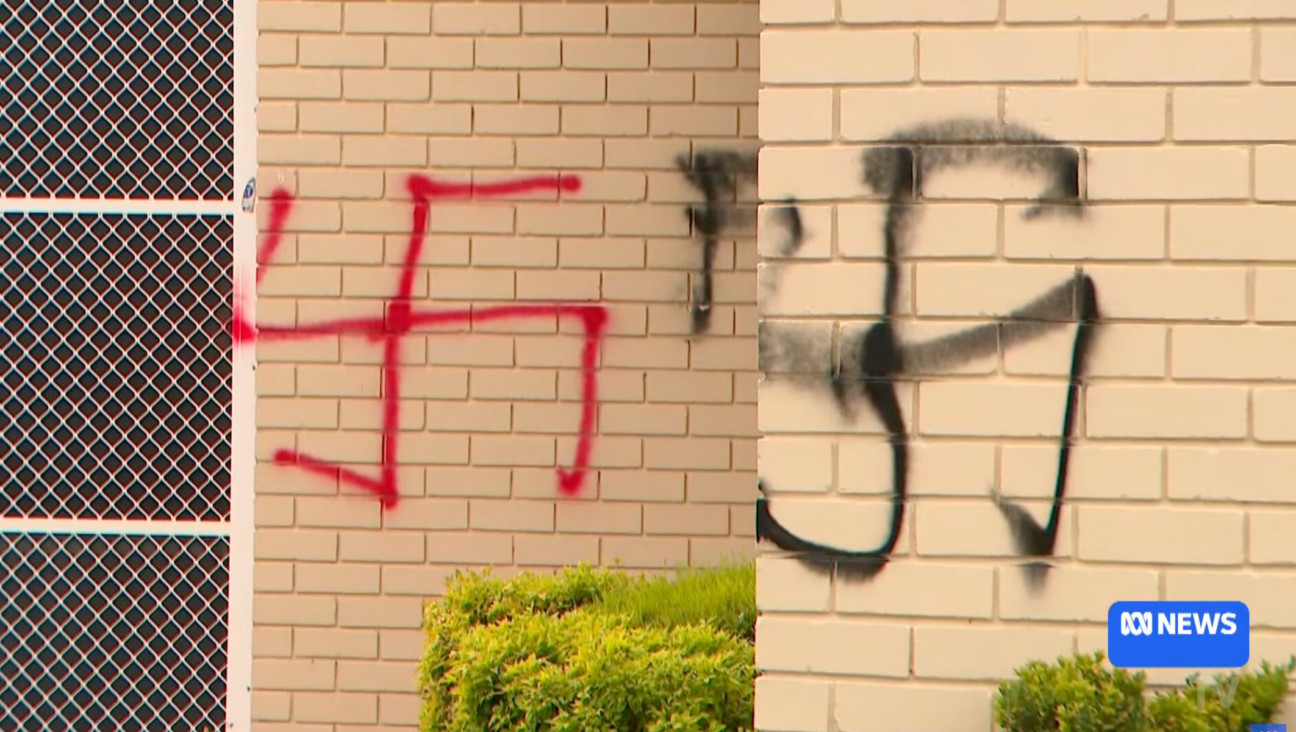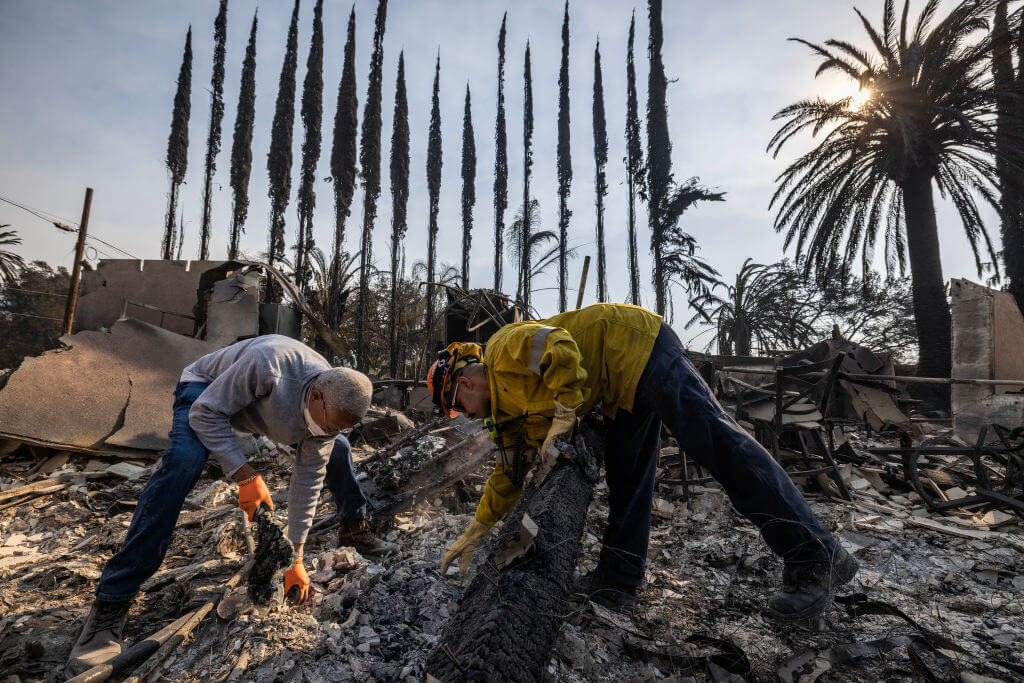Supreme Tension as Big Cases Loom for Top Court

Image by getty images
Chief Justice John Roberts clutched a sheaf of papers when he and his black-robed colleagues ascended the mahogany bench on Thursday for one of the last days of the U.S. Supreme Court term.
Was he ready to announce a ruling in any of the four most anticipated cases? Two involve same-sex marriage, one the 1965 Voting Rights Act and one a university’s use of race in admissions. As Justice Elena Kagan began reading the first of three opinions that would be issued, Roberts kept looking down at his papers, reading over them and rubbing his forehead, his jaw taut. That only heightened the tension for spectators.
But when his turn came to deliver the last of the morning’s opinions, there was no climax, only a cliffhanger. The justices departed the bench without resolving the four blockbusters and leaving a total of 11 cases still to be announced on what is likely to be the last week of the term, beginning on Monday.
Lawyer Theodore Olson, who represents challengers to California’s ban on same-sex marriage, joked afterward that the wait was a form of torture.
The one-time U.S. solicitor general, who has argued 60 cases before the Supreme Court over the years, said he was used to the anticipation at the end of June, chalking it up to “hard cases” and “human nature.” The two same-sex marriage cases were argued in March, relatively late in the term.
Despite the mystery over how the nine justices will decide the big cases, there is no real mystery about the delay. Late June at the Supreme Court is crunch time, as the justices – not unlike college students finishing term papers late into the night – push up against their self-imposed, end-of-June deadline.
In 2003, the last time the justices had college affirmative action and gay rights together on the docket, decisions came on June 23 and June 26, respectively. Last year, their decision on the constitutionality of the 2010 healthcare law signed by President Barack Obama came on the last day, June 28, before the justices recessed for the summer.
Justice Ruth Bader Ginsburg has called June “flood season.”
Many court watchers expected a decision to come much sooner on the affirmative action case because it was argued during the first month of the term, on Oct. 10
“Over the last two weeks, I’ve gone through four cans of Right Guard (deodorant), between waiting for the court and the temperatures in Austin in the 90s,” joked Edward Blum, a conservative advocate who spearheaded legal challenges to the Voting Rights Act and to the University of Texas affirmative action policy that represent two of the cases yet to be decided.
Of the four pending cases, the delay in the affirmative action case, Fisher v. University of Texas, is most perplexing.
During oral arguments, a narrow majority appeared poised to reject the admissions policy that considers the race of some applicants. The program supplements a state policy guaranteeing admission to the flagship campus in Austin for high school graduates scoring in the top 10 percent of their individual schools.
Behind the scenes, the justices may be having trouble crafting a rationale that does not undercut the court’s 2003 decision permitting an applicant’s race to be considered to ensure campus diversity. That 5-4 decision was written by Justice Sandra Day O’Connor, who was succeeded in January 2006 by Justice Samuel Alito, who is far more skeptical about affirmative action.
The 83-year-old, retired O’Connor also was in the courtroom on Thursday. That did not necessarily indicate she expected a major ruling.
Even as June always brings anxiety about the remaining major cases, lawyers and longtime court observers say this term feels different because every single one of the four marquee cases, all involving major social dilemmas, remain undecided as the last week looms.
The gay-rights questions this time, one of which revolves around a possible constitutional right to same-sex marriage, could have more consequence than the 2003 gay-rights case that ended lingering state sodomy bans. The other gay-rights case now pending tests a provision of the 1996 federal Defense of Marriage Act that denies U.S. benefits for same-sex married couples that are given to opposite-sex couples.
More could be at stake compared to past terms, too, in the disputes over racial policies.
In 2009, for example, the majority sidestepped a question on the constitutionality of a key part of the Voting Rights Act requiring states with a history of discrimination, mainly in the South, to obtain federal approval before changing their election laws. But Chief Justice Roberts warned that the court might be ready to strike it down.
“Things have changed in the South,” he wrote at the time. He has long been critical of racial policies, dating to his time in President Ronald Reagan’s administration in the 1980s, and it would not be a surprise if he was writing the decision in the current case of Shelby County v. Holder.
The court has yet to announce what days the justices will be sitting next week beyond Monday. Based on past practice, it will likely be in, at least, on Thursday, too. Not since 1996 has a term been extended into July, when the justices usually go on vacation.
A message from our Publisher & CEO Rachel Fishman Feddersen

I hope you appreciated this article. Before you go, I’d like to ask you to please support the Forward’s award-winning, nonprofit journalism so that we can be prepared for whatever news 2025 brings.
At a time when other newsrooms are closing or cutting back, the Forward has removed its paywall and invested additional resources to report on the ground from Israel and around the U.S. on the impact of the war, rising antisemitism and polarized discourse.
Readers like you make it all possible. Support our work by becoming a Forward Member and connect with our journalism and your community.
— Rachel Fishman Feddersen, Publisher and CEO























